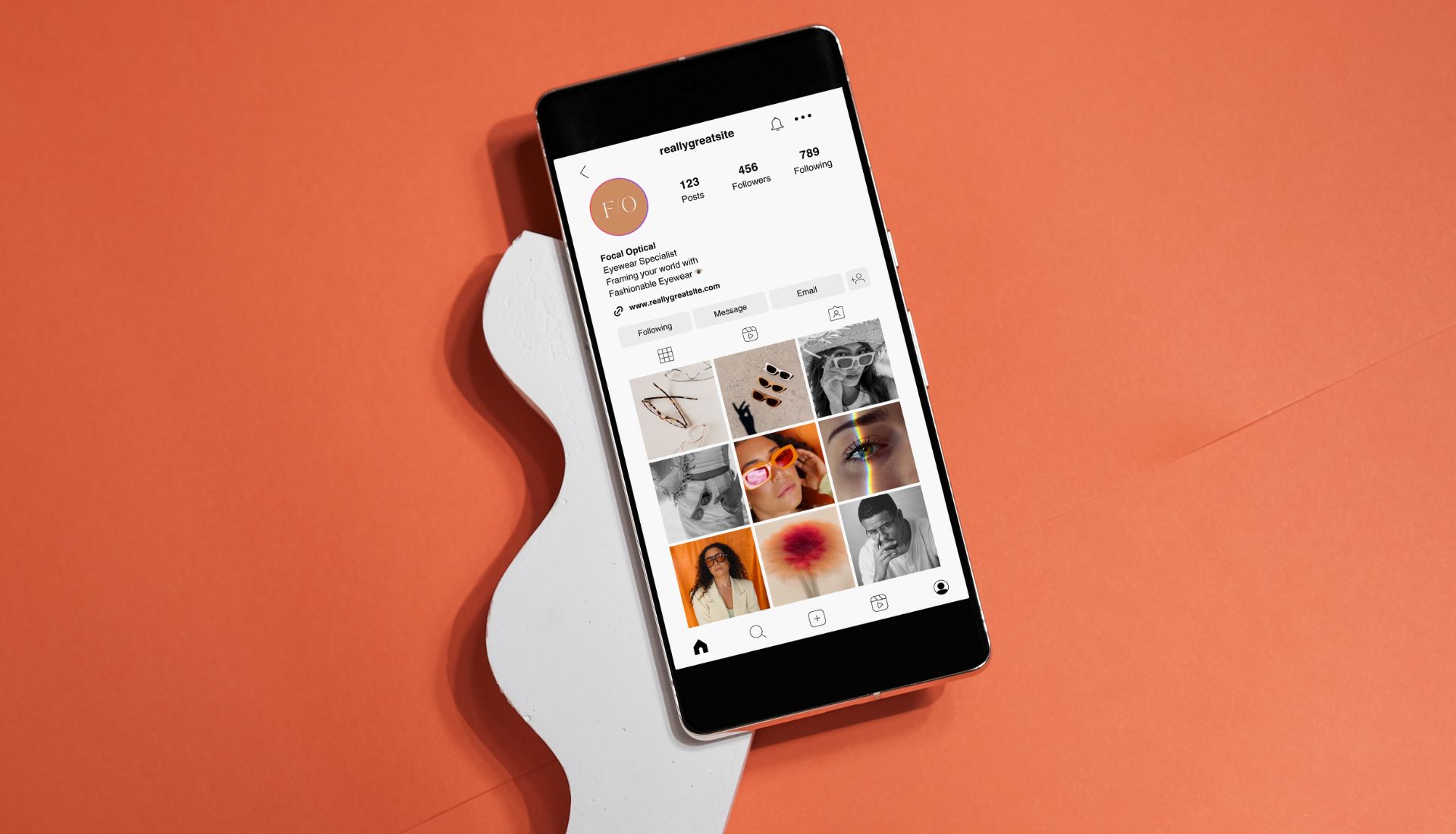Starting a business is exciting, but finding quick ways to launch your small business can feel overwhelming. Once you have an idea, the next big question is, how do you actually begin?
Starting up a small business does not need to be an endless process of rolling out money. To be honest, you can even get up and start running faster than you believe.
The guide also provides a breakdown of quick ways to launch your small business, including tips to pursue in a few hours rather than months. This roadmap will set you up nicely and provide some direction on whether you are starting a side hustle or becoming a full-time entrepreneur.
Table of Contents
- Start with a Simple Business Plan
- Choose the Right Business Name
- Register Your Business Legally
- Create a Basic Logo and Brand Identity
- Build Your Website in a Day
- Set Up Business Social Media Accounts
- Start Small with Services or Products
- Market Smart with Free Tools
- Launch Soft, Then Grow Loud
- Final Words
1. Start with a Simple Business Plan
You do not require a 50-page document. The one-page, lean business plan should assist you in becoming focused. Answer these:
- What is your solution?
- What is your customer?
- What will be your method of making money?
Include a brief description of the vision, mission, and initial objectives. It will assist you in keeping on track and explaining yourself using clear language to anyone who helps you out-mentors, partners, or even prospective customers.
And do include a simple SWOT analysis.
Consider your strengths and where you excel. Then, reflect on any weaknesses that may be holding you back. Look at the opportunities around you, what can you leverage? Finally, be aware of the threats that could challenge your growth.
A rush version on paper assists in shaping your priorities as well.
Even a short plan will demonstrate your seriousness and organization should you ever require funding or a partner.
Don’t aim for perfect, just make it clear and practical.
2. Choose the Right Business Name
Your brand name not only visualizes your brand but it also determines the tone. This is what people will see first in your business, so do not miss the point.
Ensure that it is:
- Friendly to remember and to pronounce
- Not captured (check the availability of domains and trademark registers)
- Going with your niche and tone
Do not create names that are too specific (e.g. Just Cupcakes when you may introduce cookies in future) or non-specific. A brand name must send a clue to the customers as to what you deal with.
Tips: You can check the domain and social availability with one tool, e.g. Namechk. As soon as you select them, reserve your domain and handle it right away, even if you are not going to start up in weeks.
3. Register Your Business Legally
In many countries, registering your business can be as simple as filling out an online form. The process of registering your business makes your work legitimate and provides you with an opportunity to avail yourself of tax benefits, loans, and legal protection.
Here is the structure you can select:
- Sole proprietorship (easy and quick)
- LLC (Brings about a sense of protection and credibility)
- Partnership or corporation (in case there are several founders or investors)
Investigate what is needed within your country or state. The U.S. offers websites such as the SBA (Small Business Administration) that can advise you on the steps to take. In certain nations, registration and licensing activities are now online on a 24-hour platform.
Don’t forget:
- Apply for business tax ID (EIN)
- Make a business bank account.
- Install a bookkeeping system (even an Excel sheet to begin with)
Keep your business and your personal life finances separate as soon as possible, and your company will blossom.
4. Create a Basic Logo and Brand Identity
You do not have to assemble a complete design team just at this time. A clean yet straightforward logo will make the customers treat you seriously.
Design a logo in just minutes using a free tool such as Zoviz Logo Maker. You will be able to create alternatives according to your niche, your favourite colours, and your style. Select a colour scheme that is associated with your tone: bold and contemporary, soft and caring or clear and corporate. Select two fonts, and use one to set headlines and one to set the body.
The components of your brand identity are also:
- The way in which you talk (friendly/expert/playful?)
- Graphic style (read: pictures, drawings, bare?)
- Colours used and consistent layout
There is a purpose behind defining how people should feel when sharing their values and visions with your business: confident, inspired, supported?
Want more help building a strong look? Take a look at our Clothing Logo Maker Guide for real-world visual branding inspiration that works across niches.
5. Build Your Website in a Day
No code? No problem.
Free drag-and-drop platforms like Shopify, Wix, Squarespace, and WordPress let you build and publish your site with ease. To create a professional online domicile, you do not have to study HTML.
Here, you may concentrate on these pages:
- Home page: What is your offer? Whom is it targeting? Why must people care?
- About page: Tell your tale. Why are you writing a personal business?
- Services or Product page: Give detailed descriptions of services. Include bullet points, pictures and price.
- Contact page: Provide different methods to contact you: form, email or even WhatsApp.
Ensure that your website:
- Loads in under 3 seconds on both mobile and desktop.
- Mobile Awesome
- Basic SEO (the name of your business, business location and keywords)
Pro Tip: Include a section on the blog containing useful information or news: this will help you optimize the search results early in the game.
6. Set Up Business Social Media Accounts
Go to your audience locations on Facebook, Instagram, LinkedIn, Tik Tok or Pinterest. The advantages of every platform exist:
- Instagram: Visual first brands (food, fashion, wellness)
- LinkedIn: coach, consultant, B2B, or service
- TikTok: Great for younger audiences and fun, informal content.
- Pinterest: how-to, DIY, crafts and style content
- Facebook: Also useful when finding local businesses and groups
Create profiles with:
- Coherent branding (Matching logo and colours with your website)
- A bio, which makes it perfectly clear what you do
- A call-to-action link (e.g. a link to your site or deal)
Create several high-value posts at first: tell people who you are, show them your product, and share behind-the-scenes glimpses of your work process or daily routine.
After that, enter niches or hashtags that concern your niche to begin interaction.
7. Start Small with Services or Products
One of the errors entrepreneurs make? Overloading at startup.
Rather, pay attention to a Minimum Viable Offer (MVO):
- How small can your service or product address a real problem?
- Is it something you can even deliver simply and with ease?
- Will its consumers part with their money?
You can even do pre-order testing or beta pricing. Make your early users aware that they are helping you create the greatest version of it. This invokes trust and makes a buzz.
Use tools like Stripe, Gumroad, or even PayPal links to start accepting payments instantly.
When you find something that works, develop it.
8. Market Smart with Free Tools
You should not make marketing eat your pocket. There are free tools that will provide you with a professional advantage right off the bat:
- Canva: Create graphics, flyers and social media posts within a few minutes
- Mailchimp / Beehiiv: Drop an email newsletter to remain in contact with the leads
- Google My Business: Be shown in local searches and Google maps
- Later / Buffer: Schedule and automate social postings
- AnswerThePublic: Inquire what the audience is seeking for
Test everything. Monitor what is good. Interview your first-mover customers, or ask what got them to click or purchase.
It is also possible to provide:
- Free product or PDF, and checklist, mini-guide
- Introducer incentive or new-buyer incentive
- A contest or a giveaway (awesome on Instagram or TikTok)
Remember, it’s not about going viral. It’s not about having 10 or 100 fans, it’s about earning your first loyal followers.
9. Launch Soft, Then Grow Loud
Think of your launch as a dimmer switch, not a light switch, start soft, then gradually turn up the visibility.
When you do a soft launch, you encourage people to comment, iron out the kinks, and find testimonials. When you are ready, you go public boldly.
Big bang ideas:
- Carry out a live Q&A session on Instagram or LinkedIn
- Send your list a count-up email.
- Find a co-planner (micro-influencer or fellow-entrepreneur)
- Post behind the scenes on how to build the business
Gather reviews, generate urgency and remain responsive. The bolder your launch, the more clear and confident your brand message needs to be, so make sure you grow intentionally.
Final Words
It does not mean that everything must be perfect in order to be able to get started. The businesses that have been the most successful did not start out perfect; they started out with an intention.
It is all about momentum. Decide something today, do something tomorrow, and hope that things change quicker than you anticipate.
Want more startup ideas? Browse Low-Cost Business Ideas You Can Start in 2025 for real-world inspiration.
Also, check out our How AI is Changing Design and Creativity for tools that simplify branding and content creation for new business owners.
